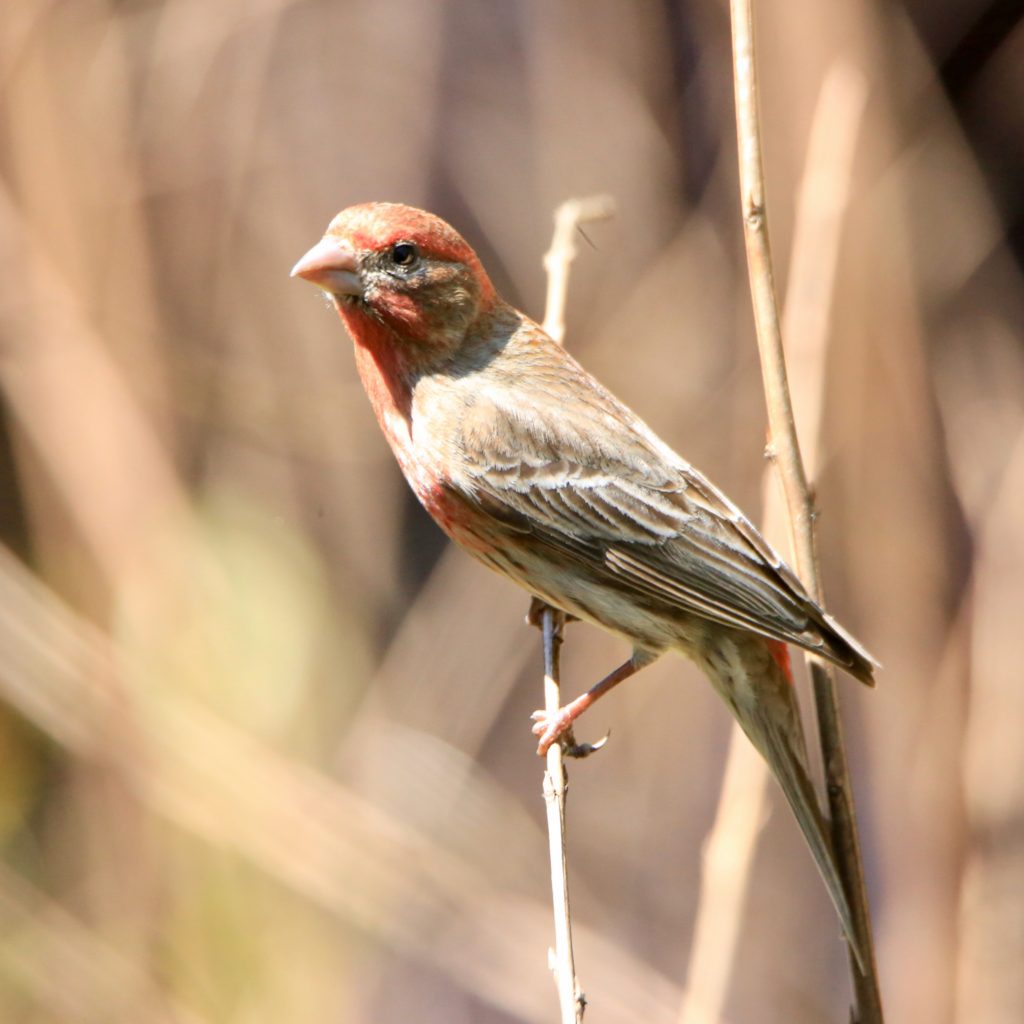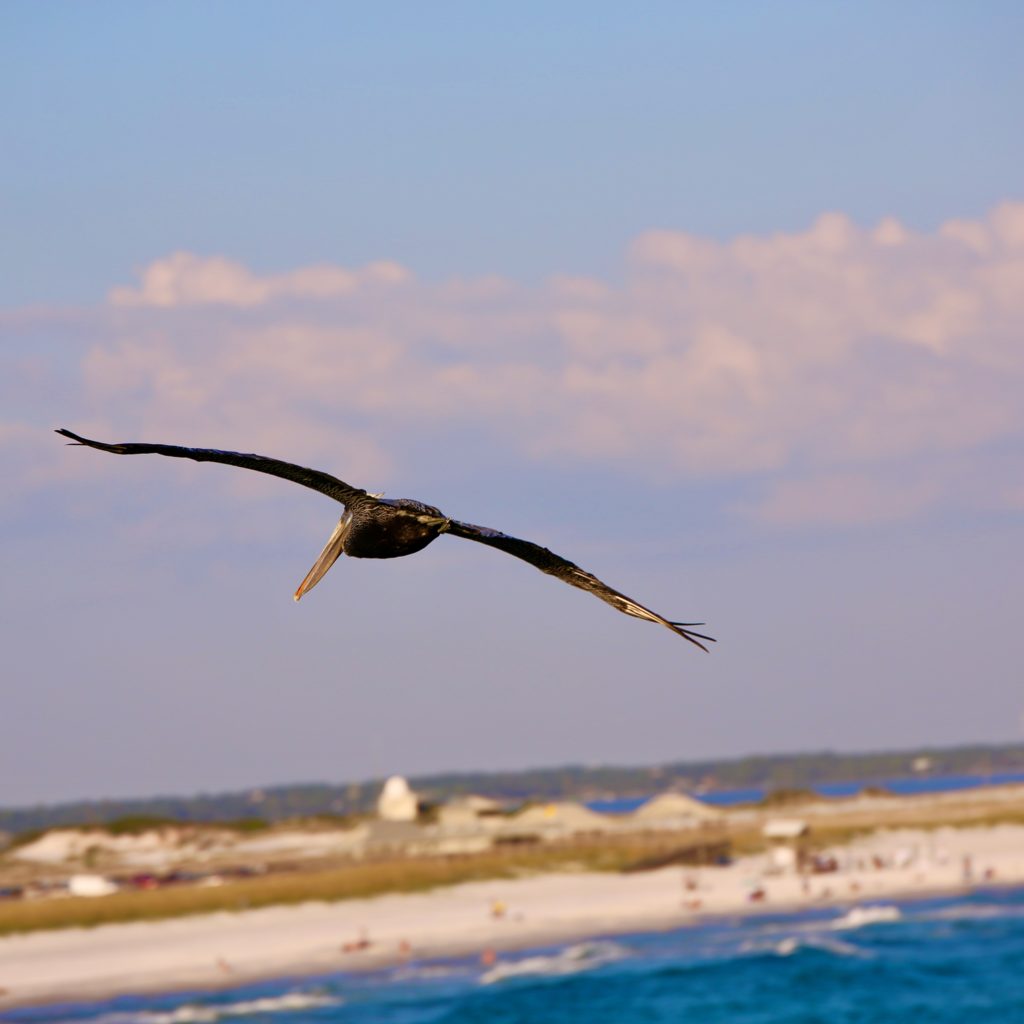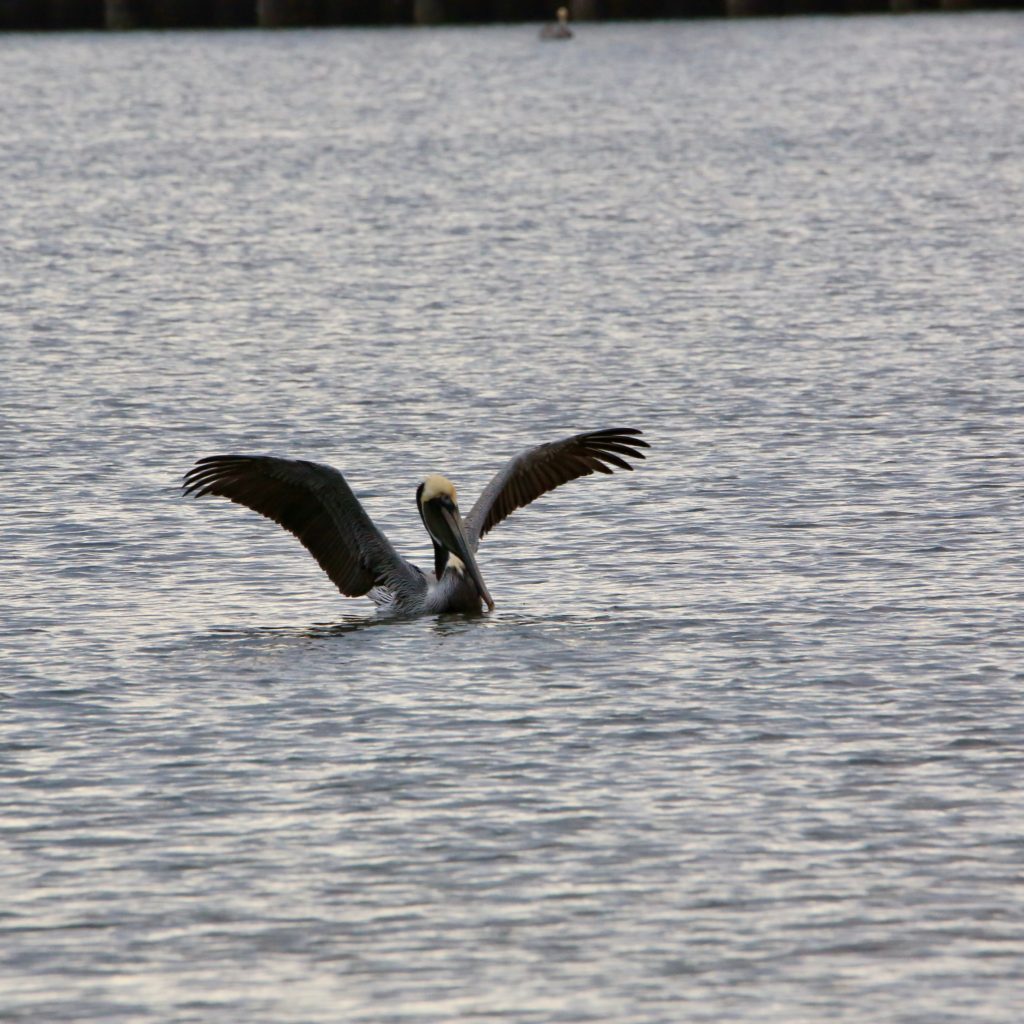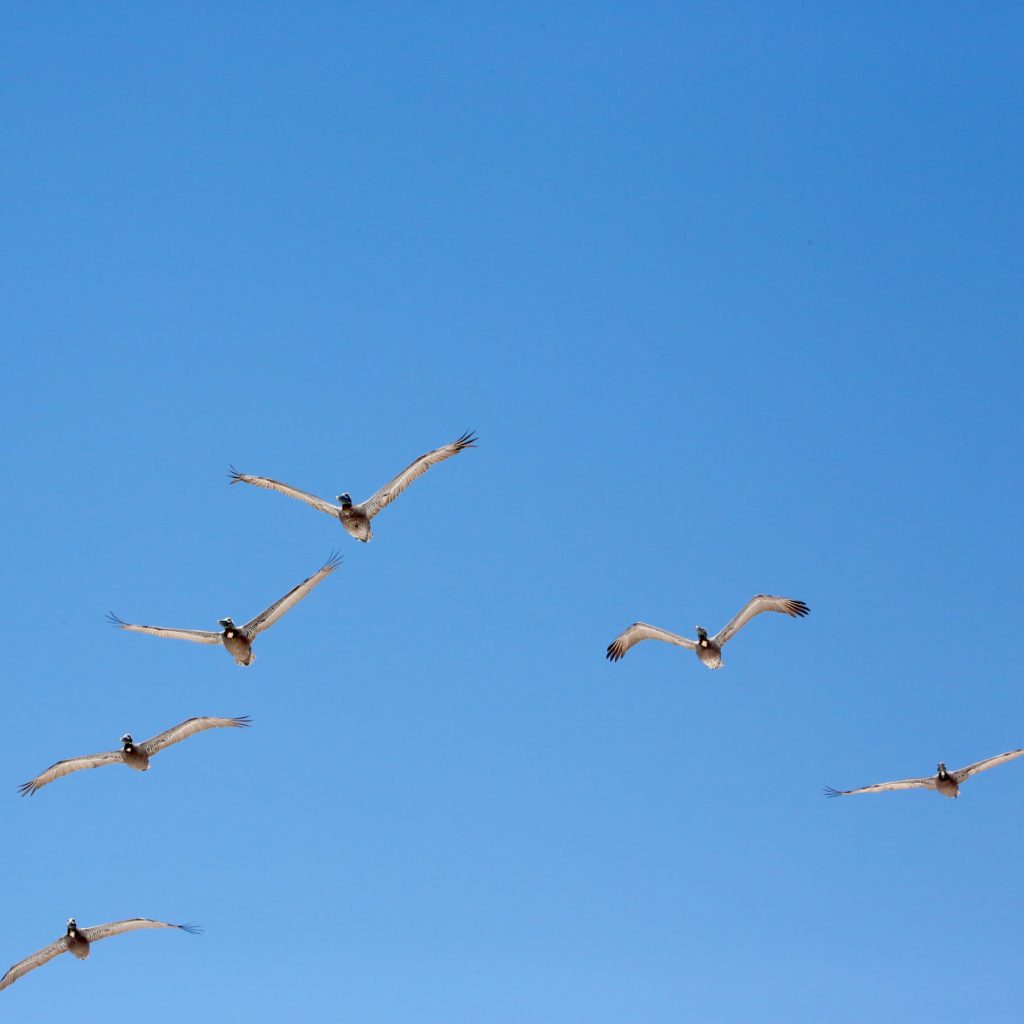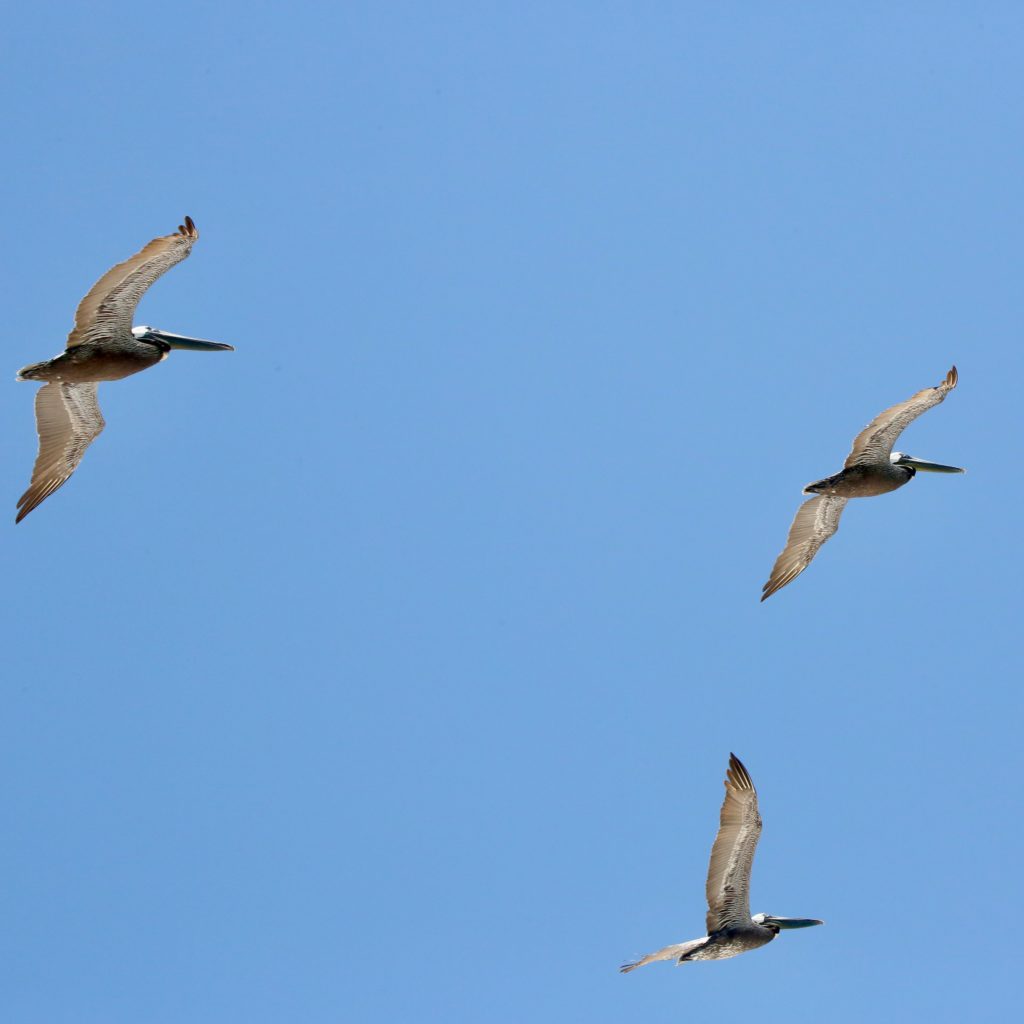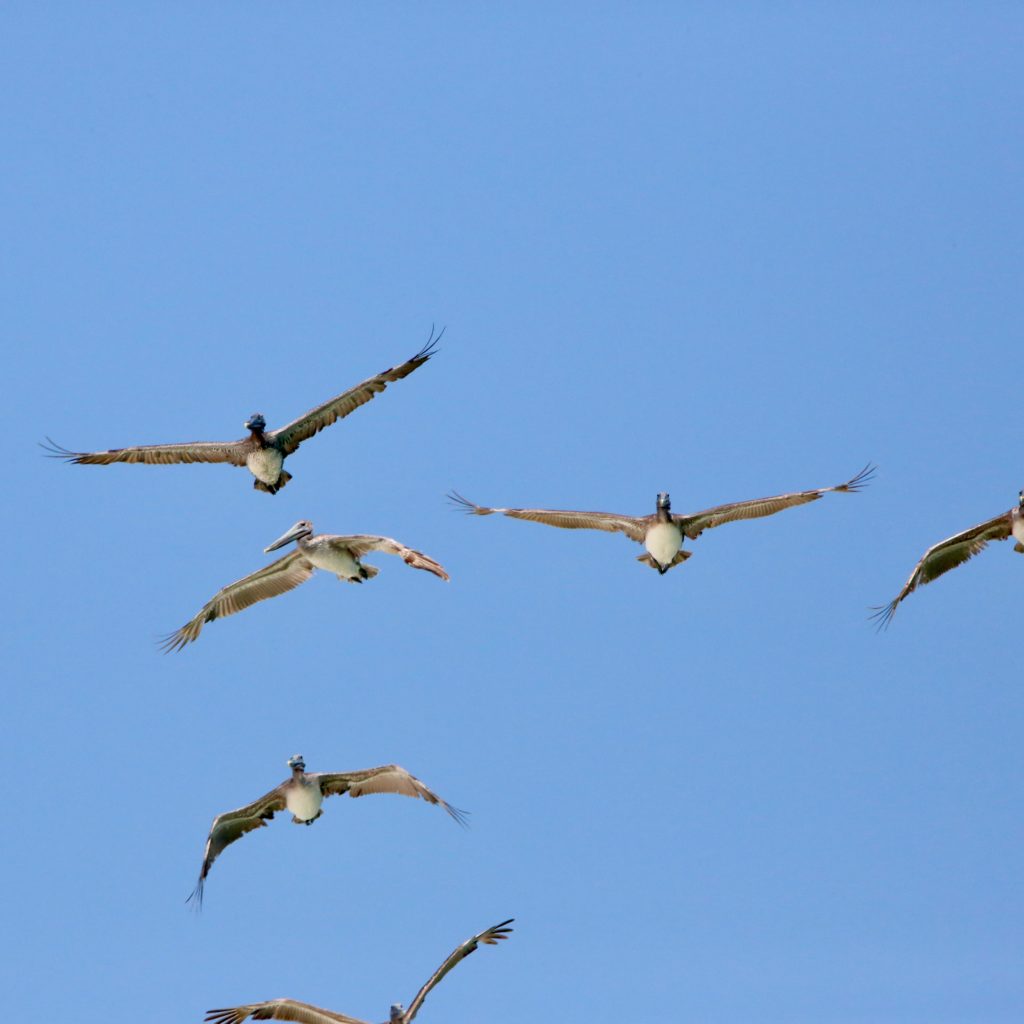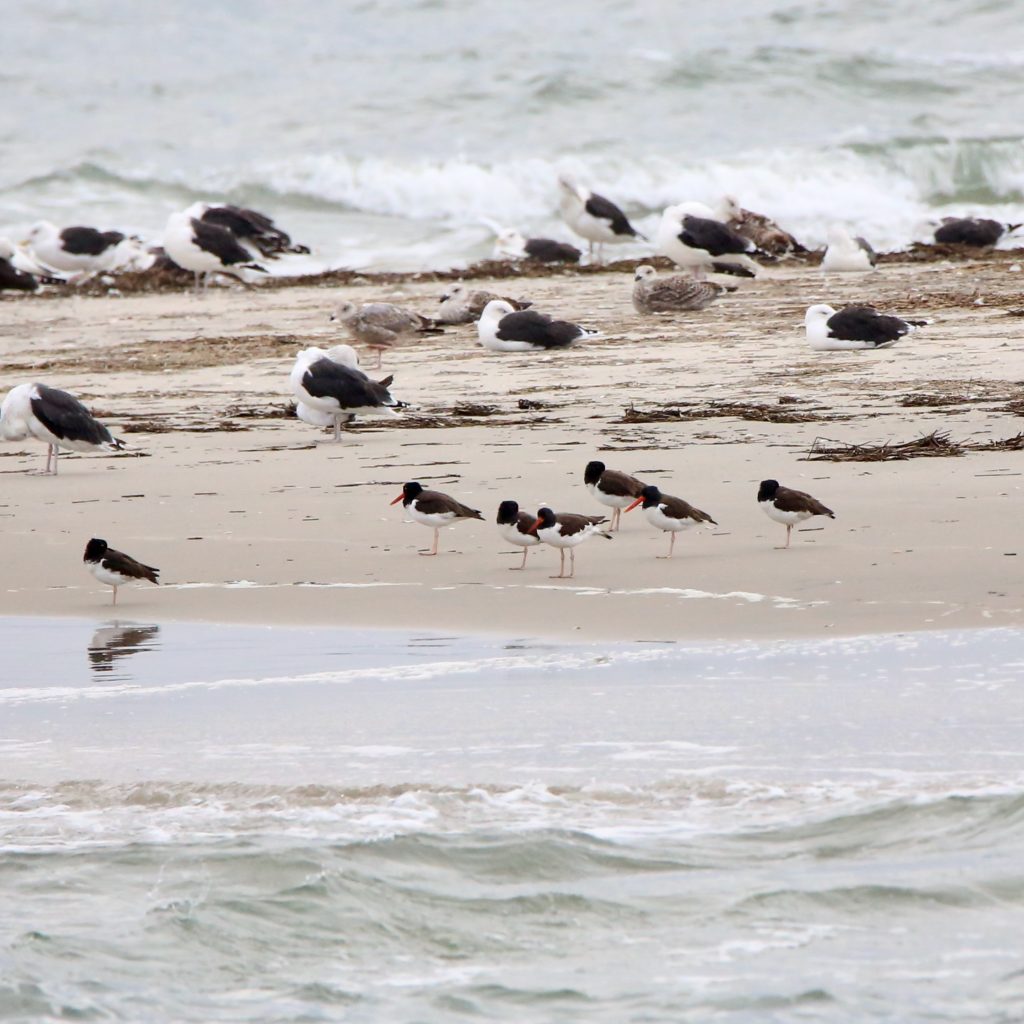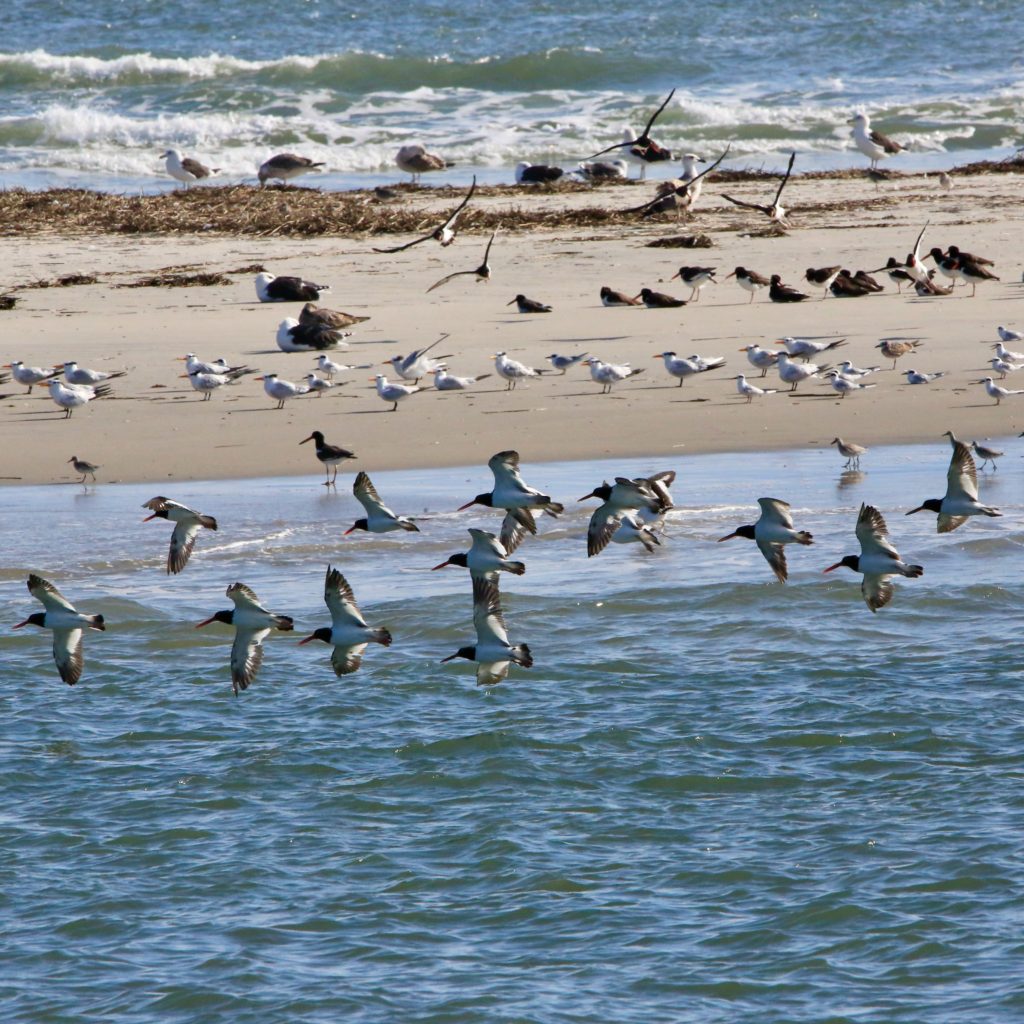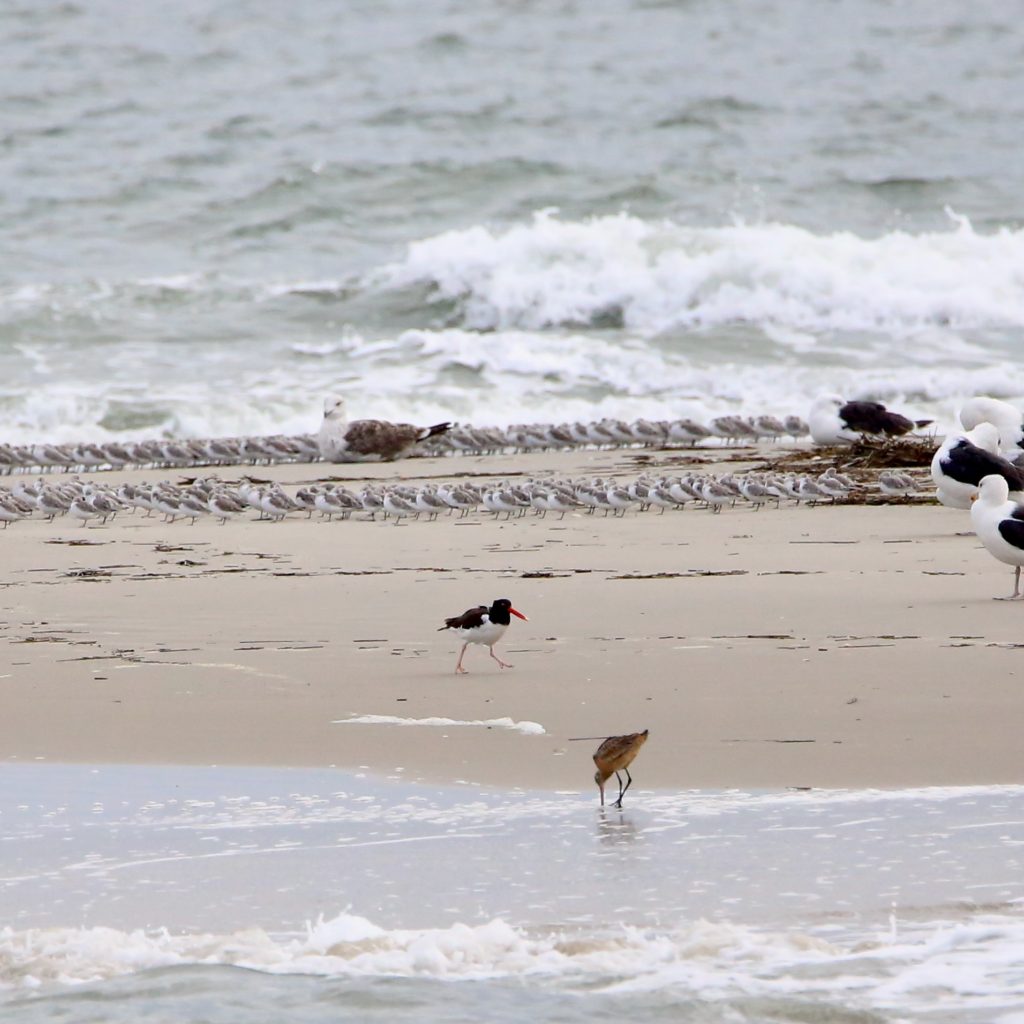
Bird Watching at Channel Islands National Park
Share
Five island chains off the southern California coast near Los Angeles form the Channel Islands, National Park. The island groups are home to a wide range of nationally and internationally important natural and cultural resources dating over 10,000 years. More than 2,000 species of plants and animals can be seen within the park itself.
The extensive marine life ranges from microscopic plankton to even the endangered and largest animal globally, the blue whale. The park is spread across 249,354 acres of land, half of which is underwater. This includes the islands of San Miguel, Santa Rosa, Santa Cruz, Anacapa, and Santa Barbara.
Major Attractions at Channel Islands National Park
Channel Islands National Park is the best location for people who enjoy the ocean and wildlife. The island groups offer the rare opportunity to venture and explore the waters around the Channel Islands through a range of water-based activities. This includes kayaking, paddling, and boating. Scorpion Cove on East Santa Cruz Island is one of the best places for kayaking, while the beaches provide a cozy campsite.
The islands also offer several defined hiking trails like the Pelican Bay Trail on Santa Cruz Island, which takes you from Prisoner's Harbor to rocky canyons, Pelican Bay, and Tinkers Beach. Other popular hikes include Smuggler's Cove and the Scorpion Canyon Loop on Santa Cruz Island, the Black Mountain trek, and the Torrey Pines hike on Santa Rosa.
GET KIDS BIRD WATCHING
Bird Watching at Channel Islands National Park
Channel Islands National Park's advantageous location and resources have turned into a significant ornithological hotspot on the California coast. Like most large islands of the world, several bird species have evolved in isolation and cannot be found anywhere else. This is why within each island, some share the same race of birds while others do not.
This chain of islands is particularly a critical nesting habitat for seabirds. The connection between northern and southern species is unique to Channel Islands National Park. The islands are home to a large population of Western Gulls, Cassin's Auklets, and Brandt's Cormorants. They are also the only nesting site of the California Brown Pelicans along the West Coast. Channel Islands National Park has the world's largest population of Scripps's Murrelets. Besides the seabirds, land birds are a distinct group that lives on the California mainland. Santa Cruz and Santa Rosa are the larger islands and thus offer a wider range of habitats that attract more land birds. Prisoners Harbor and Scorpion Ranch on Santa Cruz Island are popular spots to view Scrub Jays.
10 Birds to See at Channel Islands National Park
House Finch
House Finches have a bright red head and chest. They live all throughout North America. Their population is steady but declined some due to sickness. They make their homes near farms, canyons, and suburbs. They like to eat sunflower seeds, berries, and buds. House Finches sing a lot and like to be around other birds. They lay 4 to 5 eggs at a time and build their nests out of grass, twigs, leaves, and sometimes string and feathers. House Finches migrate in flocks by day.
Spotted Towhee
Spotted Towhees are black with bright white spots on their wings and back with orange sides. You can find them in western North America. Their population is common and widespread. They make their homes in open woods, undergrowth, and brushy edges. Spotted Towhees mostly stay on the ground, but will climb into lower branches for insects and fruit. They lay 3 to 5 eggs and build their nests on the ground or low in a tree. Spotted Towhees in the north migrate, but the birds in the south are permanent residents.
Brown Pelican
Brown Pelicans have a dark body and an oversized bill. You can find them along the southern coasts of the United States. They were once endangered, but due to conservation efforts, have come back. They make their habitat on beaches and near oceans. Brown Pelicans feed by diving into the water from high up and scooping up small fish. They lay about 3 eggs and nest in colonies. Brown Pelicans migrate along the coast moving south for winter.
Burrowing Owl
Burrowing Owls are small and brown with yellow eyes. You can find them throughout the western United States, generally where there is a population of squirrels or prairie dogs. They are considered endangered. These Owls make their homes in prairies and farmlands. They hunt for food on the ground during the day. Burrowing Owls eat mice, squirrels, voles, and insects. They lay anywhere from 3 to 12 eggs. Their nests are burrows in the ground 6 to 10 feet long. Burrowing Owls found in the north migrate to the south.
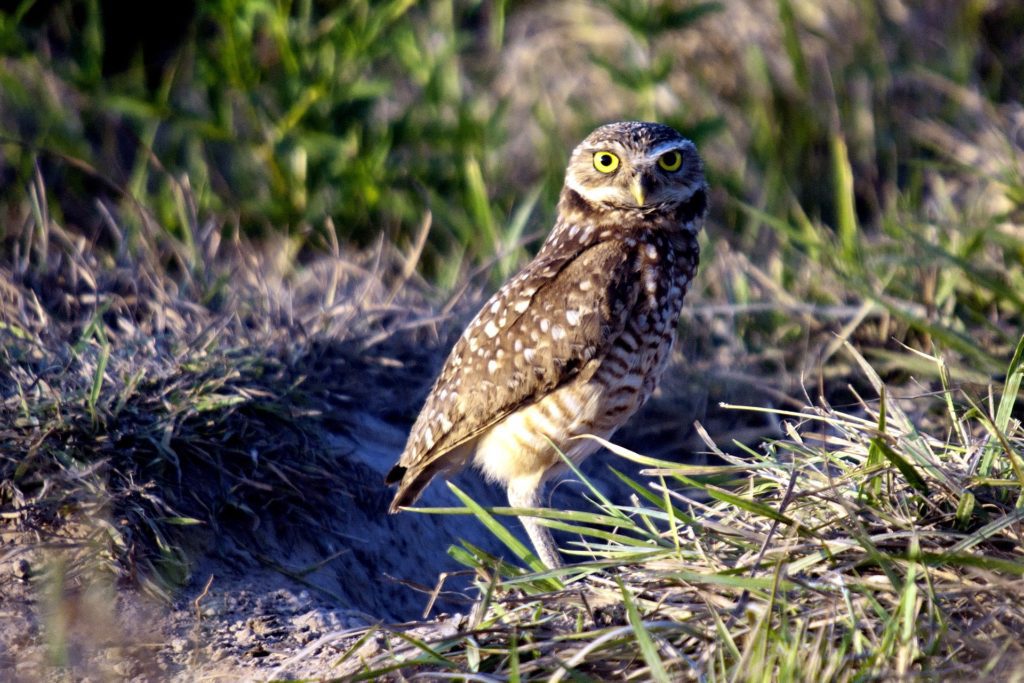
Horned Lark
Horned Larks are brown with a yellow and black face and small black “horns” made of feathers. You can find them throughout North America. There has been a decline in their population, but they are stable and not at risk of being endangered. Horned Larks live in large, empty fields, and deserts. They are ground birds, where they feed on seeds and insects. They lay 3 or 4 eggs in an open nest on the ground. While some Horned Larks are permanent residents in their area, the Horned Larks found in the north migrate south.
American Oystercatcher
American Oystercatchers are brown and white shorebirds with red-orange bills. They live along the eastern Coast of North America. They are not endangered but are on the watch list since their population has declined. American Oystercatchers live near salt-marshes and barrier beaches. Their diet is mostly shellfish such as clams and oysters. They lay 1 to 4 eggs and make their nests on the ground and line them with shells or pebbles. These birds are not known to migrate.



